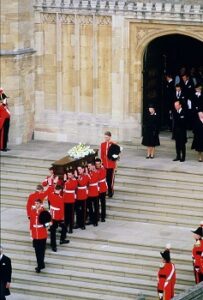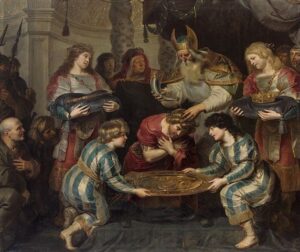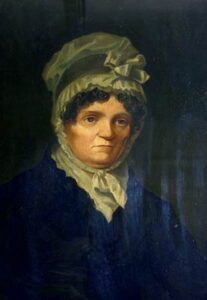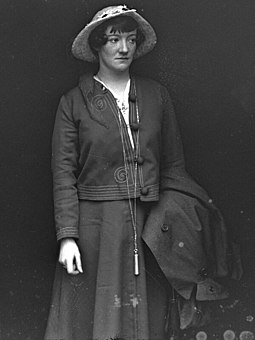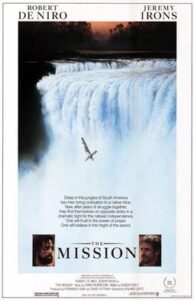
Imagine, if you will, a film with tremendous star power, including Jeremy Irons and Robert de Niro in the two leading roles, a spectacular setting centered around a South American waterfall that’s 100 feet higher than Niagara Falls, and cinematography if the highest order, and yet . . . it didn’t even earn enough in theaters to repay production costs. And it’s remembered today almost solely for its soundtrack, whose composer Ennio Merricone was best known up till that time for his music in the so-called “spaghetti westerns” that included The Good, the Bad, and the Ugly.
The great film critic Roger Ebert said that:
The Mission feels exactly like one of those movies where you’d rather see the documentary about how the movie was made. You’d like to know why so many talented people went to such incredible lengths to make a difficult and beautiful movie – without any of them, on the basis of the available evidence, having the slightest notion of what the movie was about. There isn’t a moment in The Mission that is not watchable, but the moments don’t add up to a coherent narrative. At the end, we can sort of piece things together, but the movie has never really made us care. (“The Mission”)

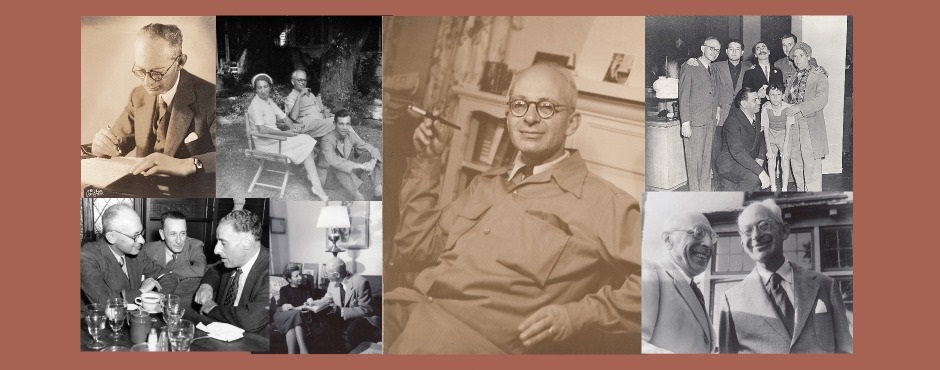

 No. Hey, that was easy, wasn’t it? You can just stop reading now if you want to.
No. Hey, that was easy, wasn’t it? You can just stop reading now if you want to.